The summer of 2002 was memorable for the opening of two spectacular new golfing complexes in this country – Doonbeg Links, now Trump International Hotel and Golf Links, and Carton House.
Twenty years later, how do we assess their place in the firmament of Irish and international golf?
For a start, where would the tourism business in County Clare and the Greater Dublin area be without a special cohort of men and women whose dreams evolved into a magnificent reality?
Doonbeg, a village in West Clare, had a population of around 600 men, women, and children in the early Nineties. The area had little or no profile in regard to tourism, but enterprising members of the community decided that needed to change. A golf course? How about that? The idea grew wings.
Under the banner of the grandly named Doonbeg Development Company, an approach was made to the Shannon Development for a grant. Roddy Guiney, Sutton Golf Club historian and one of the leading PR executives in the country, who was involved in the project once it got the green light, recalls: “We need to go back to 1995 and the Doonbeg Development Company who had a big decision to make.
“Should they invest IR£50 in applying to state agency Shannon Development for a tourism grant to explore the potential of creating a golf course at Doonbeg?
“They remembered that they had been told that almost a hundred years previously the Black Watch regiment felt that Doonbeg would be an ideal location for a golf course.
“The only problem for them was its remoteness. Lahinch proved to be a better bet. “However, the fact remained that Doonbeg had been identified as possible golfing terrain all those years ago.
“And so it was that the Development Company decided to invest that IR£50 with Shannon Development. As local businessman Tommy Comerford remembered at the time – “the best IR£50 ever invested in Irish Tourism.”
Kiawah Development Partners came on board in 1999. Their top men, Buddy Darby and Leonard Long, embraced the challenge of creating a world class links course.
Central to the project was, and still is, the involvement of the local population. The chosen designer was Greg Norman.
Currently Norman is seen as Mr Very Bad Guy by the PGA Tour and DP World Tour for his involvement with the LIV Golf project but we’ll see how that plays out in the fullness of time. However, he will be fondly remembered in Doonbeg for his outstanding commitment to the Links dream, making 23 site visits in the 24 months of the course construction.
By his own reckoning, Norman said he had “walked about 200 miles over this land working on it and looking again and again to see what we could bring out of it.”
There were no airs and graces from the two-time major champion.
Roddy Guiney recalls that the Great White Shark enjoyed the regular fare of gammon steak and Birds Eye mixed vegetables served up by Mary Kelly whenever he was on site.
Dr Evelyn Moorkens, the conservationist who fought the good fight for survival of the “vertigo angustior”snail that is essential to the health of the local environment, respected Norman for his understanding of the need to protect the habitat, albeit that it affected his routing plans for the course.
Roddy Guiney recalls Dr Evelyn, affectionately known as “the snail lady” by the Doonbeg team, telling him that Greg was “a dote.” That’s not how PGA Tour Commissioner Jay Monahan would describe Norman these days.
Twenty years ago, “dote” or not, Norman’s verdict prior to the opening on July 9, 2002 which featured an exhibition match with Pádraig Harrington was: “The experience of playing Doonbeg is probably the most natural experience that modern golf has ever delivered.
“The mission statement we decided on was to keep it natural. I was not going to Americanise this course.
“I put Doonbeg top of all those I have designed because of the severity of the environmental issues we had to deal with, the sensitivity of the setting, for creating something that’s never been created in modern times on a site as great as this, and for the quality time I spent here.”
Well, he would say that, wouldn’t he, but Doonbeg deserved the acclaim it received from golfers and media reviews. Once the official opening and the Norman/Harrington match was finished, it was party time in the village of Doonbeg.
And what a party! The Doonbeg owners had planned for 700 people at the celebrations, but estimates were that at least twice that number thronged the streets and had a great time. Music, craic, fireworks, happy throngs of men, women and children made Doonbeg a special place on that night of nights.
Meanwhile, back in May ’02, Carton House opened its first course, designed by Mark O’Meara in collaboration with European Tour Design. This landmark event represented a huge achievement for Lee and Mary Mallaghan and their family.
Tyrone native Lee had been one of the founders of Powerscreen which became one of Northern Ireland’s most prominent engineering firms. Powerscreen bought the 1100-acre Carton Estate, historically the home of the Dukes of Leinster, in 1977 and used it for dairy farming. Mallaghan senior sold his stake in Powerscreen in 1986 and took on the development of estate.
His aim was to restore the old House and create a 5-star golf and leisure facility. Many and varied were the setbacks along the way, including the withdrawal of Guinness Enterprises which had planned to invest in the project.
Another blow came with the 9/11 attacks in 2001 which frightened off potential American members and investors. Nothing came easy, but persistence and belief eventually won the day for the Mallaghans.
In October 2000, they announced plans for what Conor Mallaghan, then the chief executive, said would be “the largest single tourism project in the history of the State.”
He was not exaggerating. The old house, formerly the abode of the Dukes of Leinster, was at that time in the process of being restored.
A 5-star hotel, a conference and leisure centre and, significantly for Irish golf, two courses designed by O’Meara and Montgomerie, plus a golf academy would be the centre piece of this huge venture that was estimated to cost €100 million. O’Meara was an interesting choice.
Of Irish descent – his antecedents hailed from the Tipperary area – O’Meara’s PGA Tour career began in 1981. His status soared to a whole new level when the American struck gold in 1998 at the age of 41 by winning the Masters at Augusta and The Open Championship in Royal Birkdale.
Part of O’Meara’s success was due, he felt, to the friendship that evolved with Tiger Woods when Woods moved to Isleworth, the gated community in Orlando, Florida in 1996. Tiger was just 19. O’Meara was 39. The elder lemon became a “big brother” to Woods and both men benefited from the relationship.
“It was good for him from the standpoint he could lean on somebody a little bit older and get some advice. And it was good for me because I am all of a sudden playing with this young, talented, full of energy guy,” said O’Meara.
Fate definitely had a hand in putting them together. O’Meara struggled badly in 1982, and his playing rights were under threat.
Enter Hank Haney, then unknown to the wider world, but working as Director of Instruction at Pinehurst Golf Schools. Haney spoke on a recent episode of the Golf Sub Par podcast about how he met O’Meara in October, 1982.
He was in his office and one of his staff instructors came and asked him to have a look at a player who had asked him for help on the driving range. Haney was reluctant.
He thought it was one of the instructor’s fellow club professionals who had missed the cut in the tournament that was being played at Pinehurst that week. Much to Haney’s surprise, the golfer with the problem turned out to be Mark O’Meara. O’Meara was desperate. He was 124th in the PGA Tour Money List, and had two tournaments left to play earn enough to ensure his playing rights for the following year.
Haney recalled: “Mark said “Would you watch me?” and I stood there for, it seemed like a long time. And he said “Aren’t you going to say anything?”
I said “I’m thinking about what you need to do. Why don’t we go back inside and talk about what your plan should be?
“He said: “I don’t have any time for that,” and he just started telling me: “If I don’t make these last two cuts I’m not going to be on the PGA Tour.”
“But anyway, we went in and we sat down and we started working that weekend.
“He kept his card and two years later he was second on the (PGA Tour) money list. All of a sudden people thought Hank Haney must know something. It was a big break. If I didn’t meet Mark O’Meara, nobody would know who Hank Haney was.”
Haney, of course, later went to coach Tiger Woods in Tiger’s most successful period of his career. O’Meara, who still plays on The Champions Tour in the USA, did very well for himself, and earned the ultimate accolade of a place in The Hall of Fame in 2015.
Meanwhile, The O’Meara and later, the Montgomerie course in Carton House which opened in 2003, are hailed as among the best in Ireland today. Both layouts were gently enhanced over time to provide an even better golfing experience for the members and thousands of visitors who play them each year.
Carton hosted the Irish Open three times, in 2005, 2006 and 2013 and the Handa Irish Seniors Open in 2010. The GUI, based its headquarters there in 2006. It is now the home of Golf Ireland, which administers men and women’s golf in this country. A recent tournament highlight was the staging of the World Amateur Championships in 2018.
Unfortunately, the quality and luxury of the offerings in Doonbeg and Carton House could not stave off the negative consequences of the economic downturn from 2008 onwards.
Donald Trump’s organisation purchased the County Clare venue for a paltry €8.75 million in 2014, but have invested considerable sums over the last eight years. They brought in renowned course architect Martin Hawtree to make some alterations to Norman’s design, a number of them to cope with coastal erosion which is a problem for all seaside courses.
Carton House changed hands in 2017. In July that year, the Mallaghan family and the Carton Development Partnership announced they had reached agreement with NAMA to put the Resort on the market. The asking price was €60 million.
The purchase by Irish-American John Mullen, founder of the Apple Leisure Group, based in Philadelphia marked the end of a 40-year connection with Carton by the Mallaghans, but they could justifiably be proud of the legacy they have left Ireland’s golfing and tourism industry.
Sadly, Lee Mallaghan passed away in early June, aged 82, but the magnificent contribution of Lee and his family will never be forgotten as long as golf is played in this country.

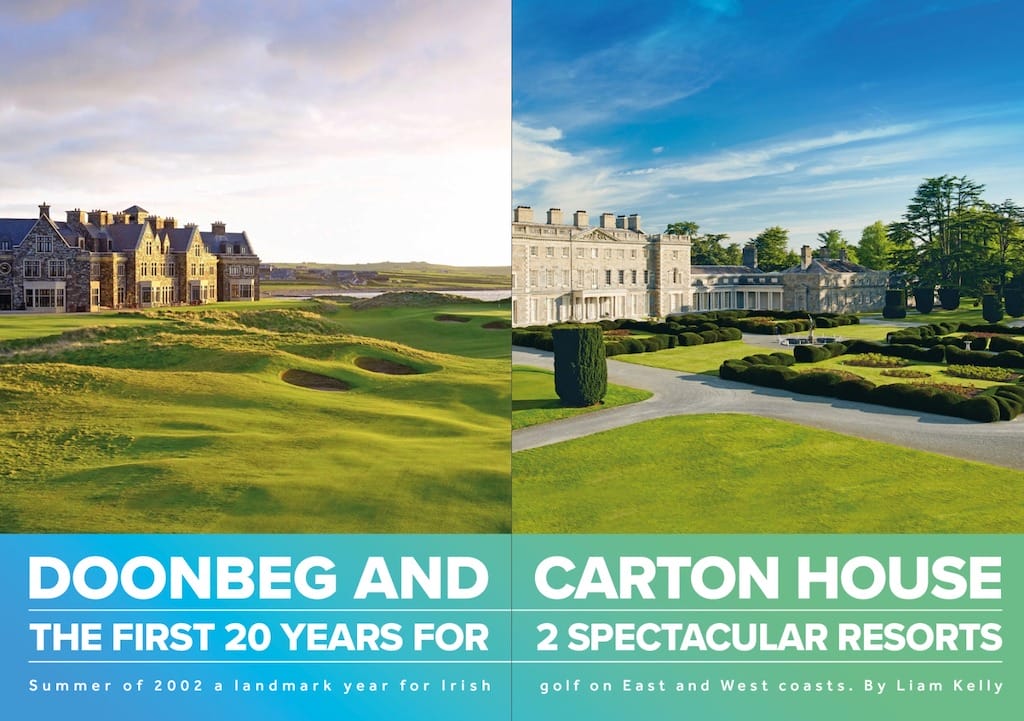





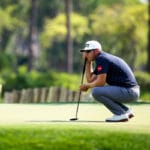

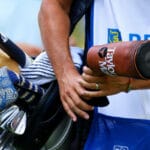


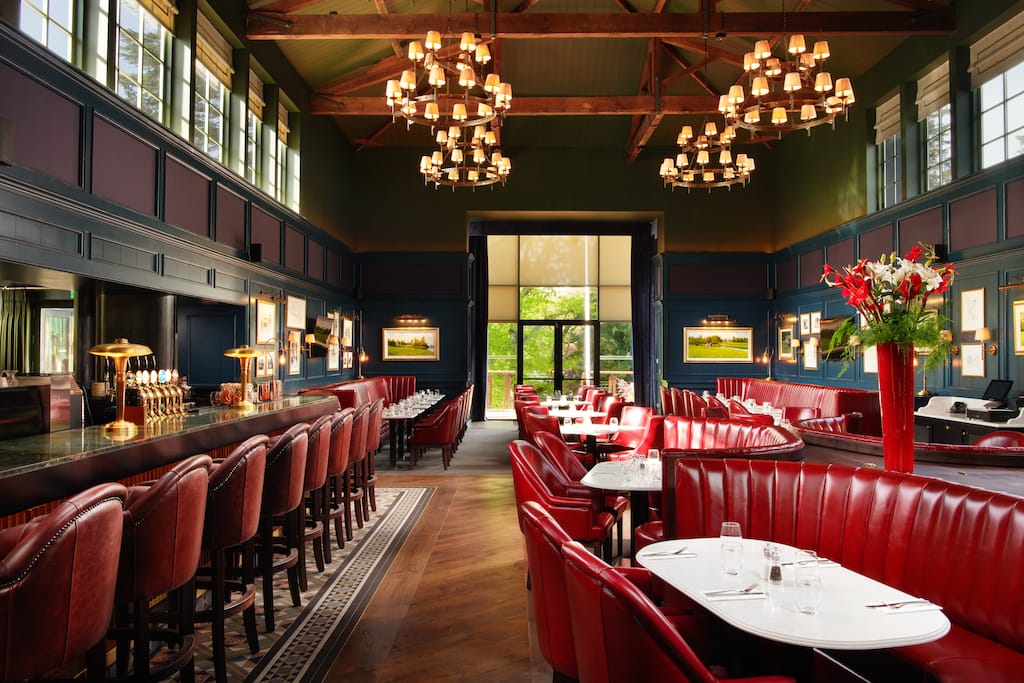

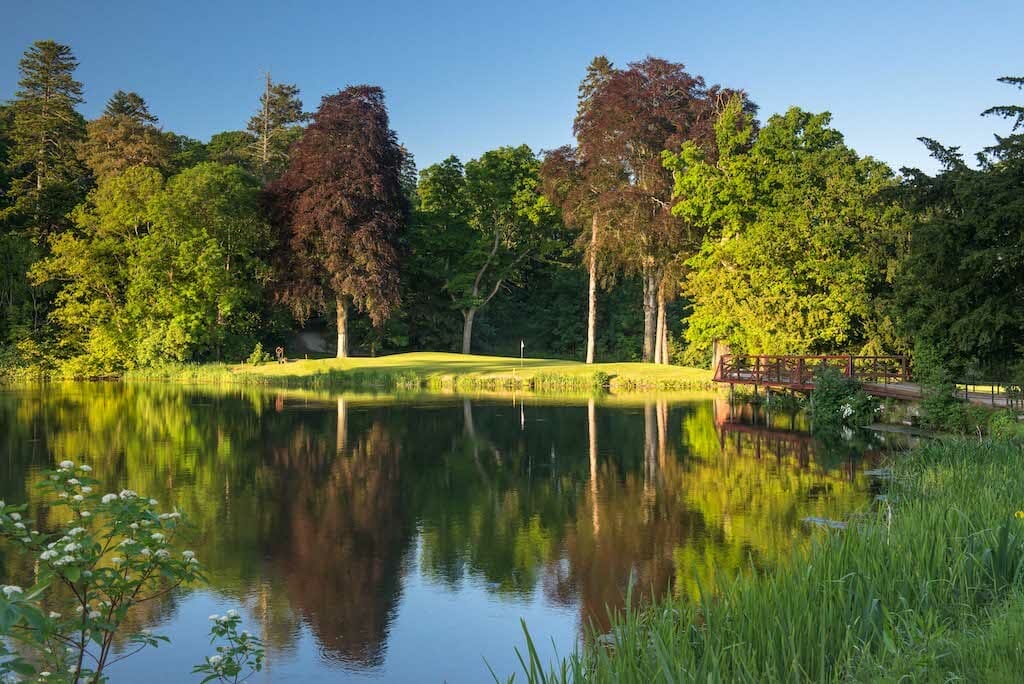



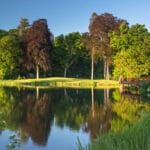










Leave a comment